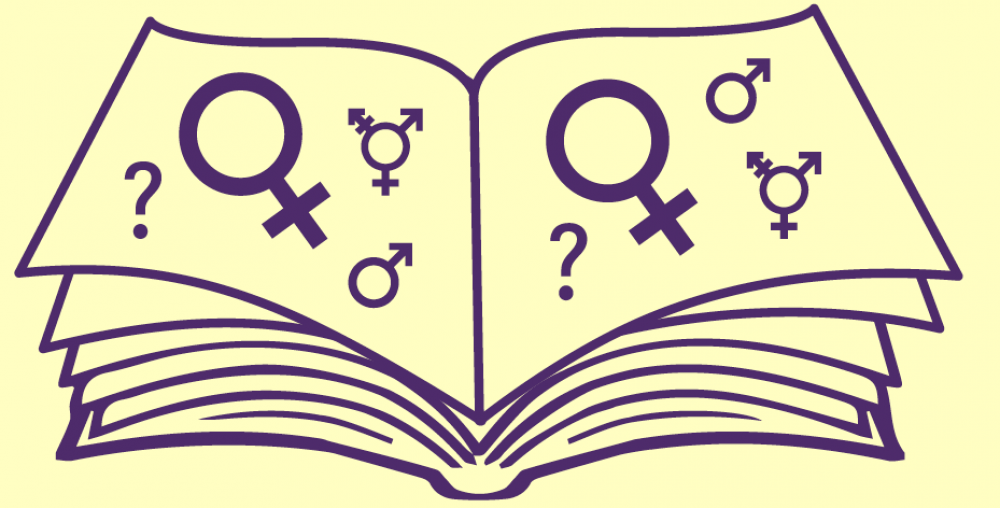The treatment of race in the book The Bell Jar is addressed in certain ways but there aren’t many scenes that deal with racial issues. There is a part that she does specify how there’s an African American man that is helping in the Asylum, specifically calling him “The Negro” (Plath 179). This shows that every time there was a person of color around that’s what they would go by. This part of the text also reveals how people went about with race and the mistreatment that “Negros” had gotten from people back then. Esther does end up kicking this helper in the leg and told him “That’s what you get”; when he didn’t do anything wrong (Plath 182). This action from Esther does show that she is very well aware of her status as a white woman because even in the worst predicament for a woman to be in she still chose to mistreat the African American helper. This shows that women the 1980s were still racist even if they weren’t happy as being housewives which was the common issue that woman shard back then. In the book there isn’t many racial interactions but when there was a scene with one interaction is was something that was surprisingly weird from a readers perspective. Just to read the mistreatment to someone because of color is just wrong but back then it was normal for these people. In connection to the issues raised by the Combahee River Collection article it brings up a point that black females and black males shared in common. “We struggle together with Black men against racism, while we also struggle with Black men about sexism. This shows that this mistreatment wasn’t just targeted to a specific gender but to the community the African Americans.
Introduction to Women's Studies
Just Another WordPress Site




I also agree that women were still racist at that time and many stayed at home being housewives instead of moving up in their career.
I agree, with your point. But I believe that not everyone was racist for their actions, some just didn’t know any better.
Good point, Geannel! However, the book takes place in the 1950s, not the 1980s. 🙂